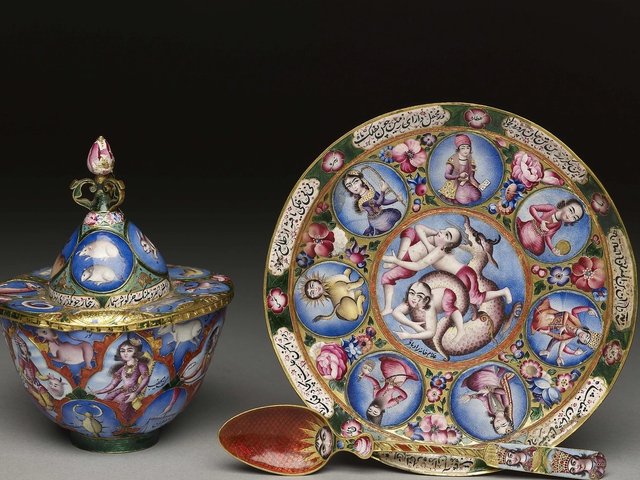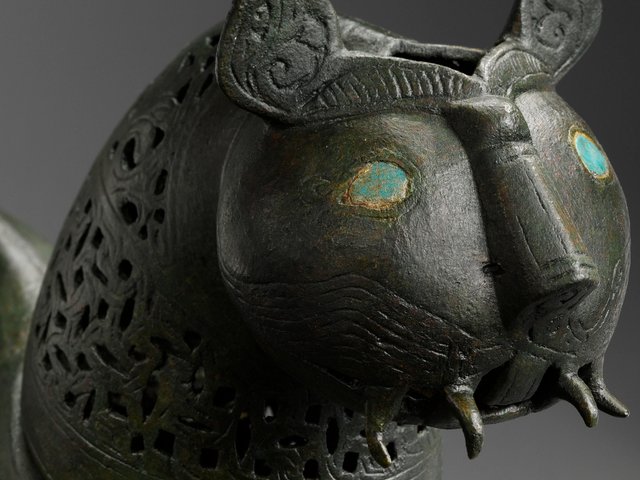An 18th-century "dream diary" by a sultan in what is now present-day southern India is to go on public display for the first time in October.
The volume, part of the British Library's Persian manuscripts collection, will be shown at the Ashmolean Museum, Oxford, as part of its forthcoming exhibition, Power and Protection: Islamic Art and the Supernatural—the first major British show exploring the place of the supernatural in Islamic art.
The exhibition will tackle subjects including divination, horoscopes and the use of omens, through more than 100 objects from the 12th to 20th centuries.
The book contains a record of 37 dreams by Tipu Sultan, who was the Sultan of Mysore between 1782 and 1799. The dreams' subjects include ongoing conflicts with neighbouring powers such as the Marathas. One account describes a conversation between the sultan and a contemporary regarding the withdrawal of English forces from Bengal.
“It reveals how much he relied on these dreams as well as the degree of devotion that he showed to what he writes,” says Francesca Leoni, the exhibition’s curator. “He describes them as visions sent from God, seeing them as a way in which God is guiding him and in a way informing his decisions. This reveals how, in his view, recourse to that divinatory practice wasn’t contradicting his faith and belief in God.
“The book is significant for the topic of the exhibition because it is essentially attesting to the use of a form of divination, that of dream interpretation, at a very high level of society,” Leoni says. “The curious thing about this diary is that it is a very personal set of notes by Tipu Sultan that apparently were not known about until the royal palace was sacked following the siege of Seringapatam in 1799. It was effectively unknown to his closest supporters and entourage.”
The exhibition also features the horoscope of Prince Iskandar, the grandson of Turco-Mongol conqueror Tamerlane. The manuscript dates to between 1384 and 1415, and shows images of planets and signs of the zodiac as they were oriented at the time of Iskandar's birth.
• Power and Protection: Islamic Art and the Supernatural, Ashmolean Museum, Oxford, 20 October-15 January 2017



